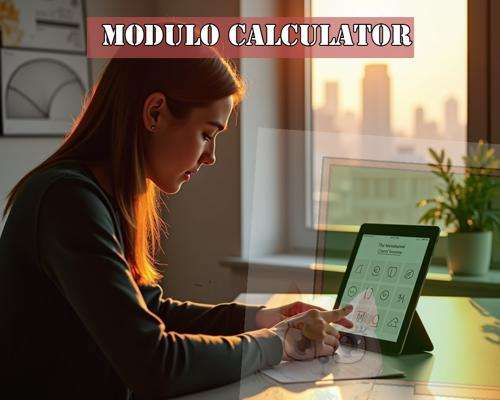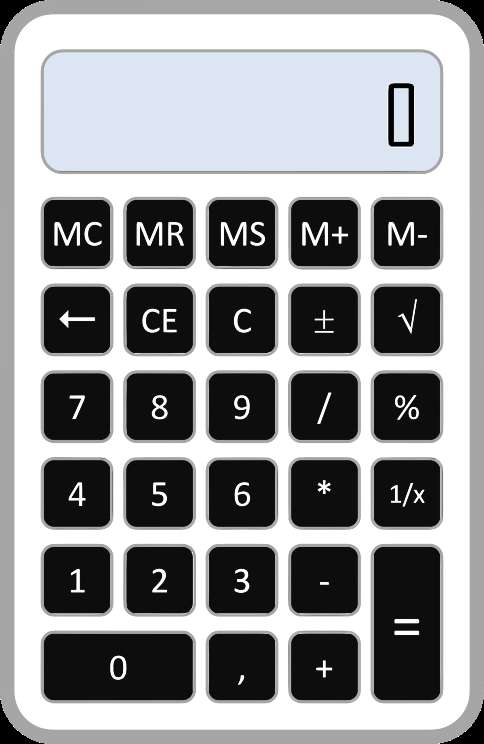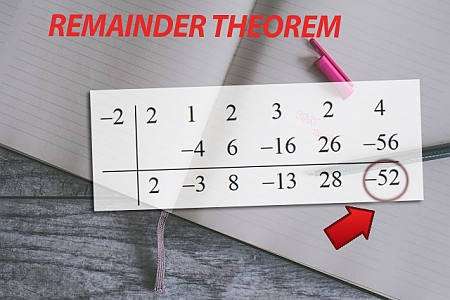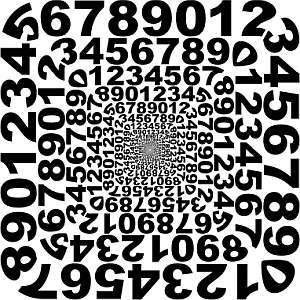Modulo Calculator
Instructions: Use this tool to compute the modulo obtained for a dividend and divisor that you provide, with all the steps shown. Please type the two integer numbers in the boxes shown below.
More about this this Modulo Calculator
This tool with allow to compute the modulo division for two integer numbers, the dividend and the divisor. Essentially, what the modulo operation does is to find the remainder of the division of the numbers provided.
You need to provide integer numbers only in this case, as it is the only numbers for which this modulo calculation makes sense. Once you provide two valid integers, click on "Calculate" to get the work shown.
What does a Modulo Calculator do?
A modulo calculator is designed to do the modulo operation for two provided number, which consists of finding the remainder when one number (the dividend) is divided by another (the divisor). This operation plays a crucial role in various mathematical and programming contexts, providing very useful insights into patterns and cycles in number theory.
Using this Modulo Calculator
- Step 1: Enter the dividend (the number you are dividing) into the first input field/box.
- Step 2: Enter the divisor (the number you are dividing by) into the second input field/box.
- Step 3: Click on 'Calculate' so to get the results of the process and the output of the corresponding modulor.

Understanding the Modulo Operation and what it does
The modulo operation, which is traditionally denoted by the symbol %, calculates the remainder after dividing the two numbers provided. For example, \(10 \mod 3\) equals 1 because 10 divided by 3 leaves a remainder of 1, since the highest integer that multiplies "3" and does not exceed 10 is "3". And so 3*3 = 9, and the remainder is what is left to get to 10, so it is 1.
Modulo Calculation Examples
See below some simple examples that illustrate modulo operations:
- \(10 \mod 3 = 1\). This is because 3*3 + 1 = 10
- \(2 \mod 4 = 2\). This is because 4*0 + 2 = 2
- \(17 \mod 5 = 2\). This is because 5*3 + 2 = 17
Why Would You Use Modulo?
There are so many operations in which computing modulos is essential in:
- Checking divisibility of integer numbers (numbers are divisible when their modulo is 0)
- Generating cyclic sequences (creating groups of elements with modulo zero among each other)
- Implementing hash functions (broadly used in cryptography)
- Handling time calculations
Modulo in Coding and Programming
In programming, the modulo operator (%) is used to find remainders, which is particularly useful in:
- Loop control
- Array indexing
- Encryption algorithms
Modulo serves lots of roles in programming, like for instance, to set a criteria for when a number is even or odd (a number n is even when n mod 2 = 0)
Modulo for Large Numbers
There is one thing to considering: Calculating modulo for large numbers can be very challenging due to strenuous computational limitations. There are some ways around it:
- You can use specialized libraries that are designed for large number arithmetic, especially in C and C++, but it could be FORTRAN as well.
- Use any modern calculator which allows large precision of numbers so you use decimals and round and truncate.

Steps for calculating the Modulo
If it comes down to using paper and pencil, here's how you can manually calculate modulo:
- Get the divisor multiplied by a number, start with 0.
- Multiply the number by the divisor.
- Subtract the result from the dividend to get the partial remainder, and it is less than the divisor, then this is the module. If not, increase the number by one
- Continue this process until the partial remainder is less than the divisor so you arrive to the modulo.
In layman's terms, you need to find the largest number that when multiplying the divisor, the result of the multiplication will not exceed the dividend. Then, the subtraction between the dividend and that multiplication will be the modulo.
Modulo and Congruence
Modulo operations are closely related to the concept of congruence defined in number theory. By definition, two numbers \(a\) and \(b\) are congruent modulo \(n\) if \(a - b\) is divisible by \(n\), which is the same as saying that \(a - b\) mod \(n\) is zero.
Can I Calculate Modulo Without a Calculator?
We have already outline above what is takes to do a modulo calculation by hand. In a nutshell, you can use this simple approach to calculate modulo without a calculator:
- Perform long division for the two numbers to find the quotient and remainder.
- The remainder obtained is the modulo you are looking for.
Modulo Calculator for Hexadecimal
Can hex numbers implement modulo operations? Of course! Hexadecimal numbers are only one type of representation of integer numbers and they can also be used in modulo operations. Here's how:
- Step 1: Convert the hexadecimal numbers to decimal.
- Step 2: Perform the modulo operation in decimal.
- Step 3: Convert the result back to hexadecimal if needed.
Modulo Calculator for Power Mod
Power mod calculations have endless applications in cryptography. Here's how to calculate \(a^b \mod m\):
- You need to use the method of exponentiation by squaring for efficiency.
- Then, you simply calculate each step modulo \(m\) to keep the numbers manageable.

Modulo Calculator for Congruence
In the context of number theory, if you need to check if two numbers are congruent modulo \(n\):
- You need to calculate the difference between the numbers.
- Then, you check if this difference is divisible by \(n\).
Where to find Modulo Operations in Everyday Life
Easy! Modulo operations are not just a theoretical object, and they can be found in commonplaces. For example:
- Time calculations (e.g., 25 hours is equivalent to 1 hour the next day)
- Clock arithmetic
- ISBN check digits
Modulo FAQs
Here are some frequently asked questions about modulo operations:
- What does modulo (%) do? - It finds the remainder when one number is divided by another.
- How do you calculate modulo? - Divide the dividend by the divisor, then find the remainder.
- Why is 2 mod 4? - Because 2 divided by 4 leaves a remainder of 2.
- How to calculate modulus without a calculator? - Use long division to find the remainder.
Explore More Math Tools
When working with modular arithmetic, understanding the basics of multiplication can be quite beneficial. Our Multiplication Calculator can help you quickly verify or explore multiplication results which are often involved in modulo operations.
Furthermore, if your calculations involve numbers with decimal points, our Decimal Calculator can assist in ensuring precision in your computations.
Modulo operations can also intersect with more complex mathematical concepts. For instance, when dealing with powers or exponents in modular arithmetic, you might find our Exponent Calculator useful for simplifying expressions before applying the modulo operation. This can be particularly handy in fields like cryptography or number theory where large numbers and their properties are crucial.






